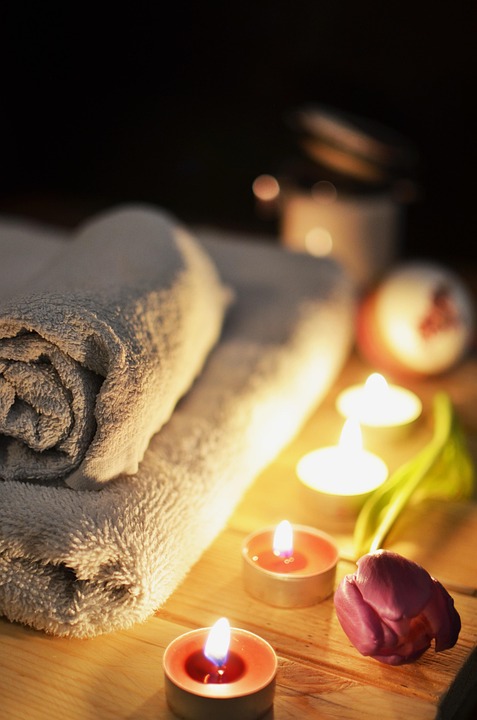Hey there, fellow seekers of balance and relaxation. Are you feeling overwhelmed by the demands of everyday life? Do you find yourself constantly juggling work, family, and personal responsibilities, with little time to pause and breathe? If so, you’re not alone. Many of us are searching for ways to find more ease, clarity, and calm in our hectic lives.
In today’s fast-paced world, it’s easy to get caught up in the hustle and bustle, forgetting to take a moment for ourselves. But it’s important to remember that self-care is not selfish—it’s necessary for our overall well-being. That’s why I’m here to introduce you to the wonderful world of acupressure points, and how they can help you instantly relax and recharge.
Acupressure is an ancient healing technique that involves applying gentle pressure to specific points on the body to promote relaxation and relieve tension. These points, known as acupoints, are believed to be connected to the body’s energy pathways, or meridians. By stimulating these points, we can help restore balance and harmony to the body, mind, and spirit.
One of the most effective acupressure points for instant relaxation is the “Third Eye Point,” located between the eyebrows, just above the bridge of the nose. Gently press your index finger to this point for a few seconds, breathing deeply and slowly. You may feel a sense of calm wash over you as the tension releases from your forehead and temples.
Another powerful acupressure point for relaxation is the “Heavenly Pillar,” located on either side of the spine at the base of the skull. Using your thumbs, apply gentle pressure to these points, moving in small circles to release tension and promote a sense of grounding and connection.
As you explore these acupressure points, I encourage you to approach them with an open mind and a sense of curiosity. Remember, there is no right or wrong way to practice acupressure—it’s all about finding what works best for you and your unique needs.
In addition to acupressure points, I’d like to introduce you to a gentle and soothing self-care practice known as Tai Chi Pestle Needle Therapy. This traditional Eastern technique involves using a small, specialized tool called a Pestle Needle to gently massage and stimulate acupressure points on the body.
Now, before you get worried, let me assure you that Tai Chi Pestle Needle Therapy is not a medical treatment—it’s simply a calming and hands-on way to reconnect with your body’s natural rhythms and energy flow. Think of it as a gentle massage for your soul, a way to release tension and stress while promoting relaxation and well-being.
To get started with Tai Chi Pestle Needle Therapy, simply hold the Pestle Needle in your hand and gently press it to various acupressure points on your body. You can use gentle, circular motions to massage the points, or simply hold the Pestle Needle in place and take deep breaths as you feel the tension melt away.
As you incorporate Tai Chi Pestle Needle Therapy into your daily routine, remember to take it slow and listen to your body. This practice is all about nurturing yourself and finding moments of peace and stillness in the midst of a busy day. So, take your time, breathe deeply, and allow yourself to relax and recharge.
In closing, I want to extend an open invitation to you to explore the benefits of Tai Chi Pestle Needle Therapy for yourself. Whether you’re looking for a way to release tension, reduce stress, or simply connect with your body in a deeper way, this gentle practice can offer you a sense of grounding and peace in the midst of life’s chaos.
So, why not give it a try? Find a quiet moment in your day, grab your Pestle Needle, and gently massage those acupressure points with care and intention. You may be surprised at how a few simple moments of self-care can make a world of difference in how you feel.
Remember, you deserve to feel relaxed, balanced, and at ease in your everyday life. So, take a deep breath, let go of your worries, and embrace the healing power of Tai Chi Pestle Needle Therapy. Your body and soul will thank you for it.
This practice changed my life—maybe it’s your turn now. → Learn more.

Leave a Reply